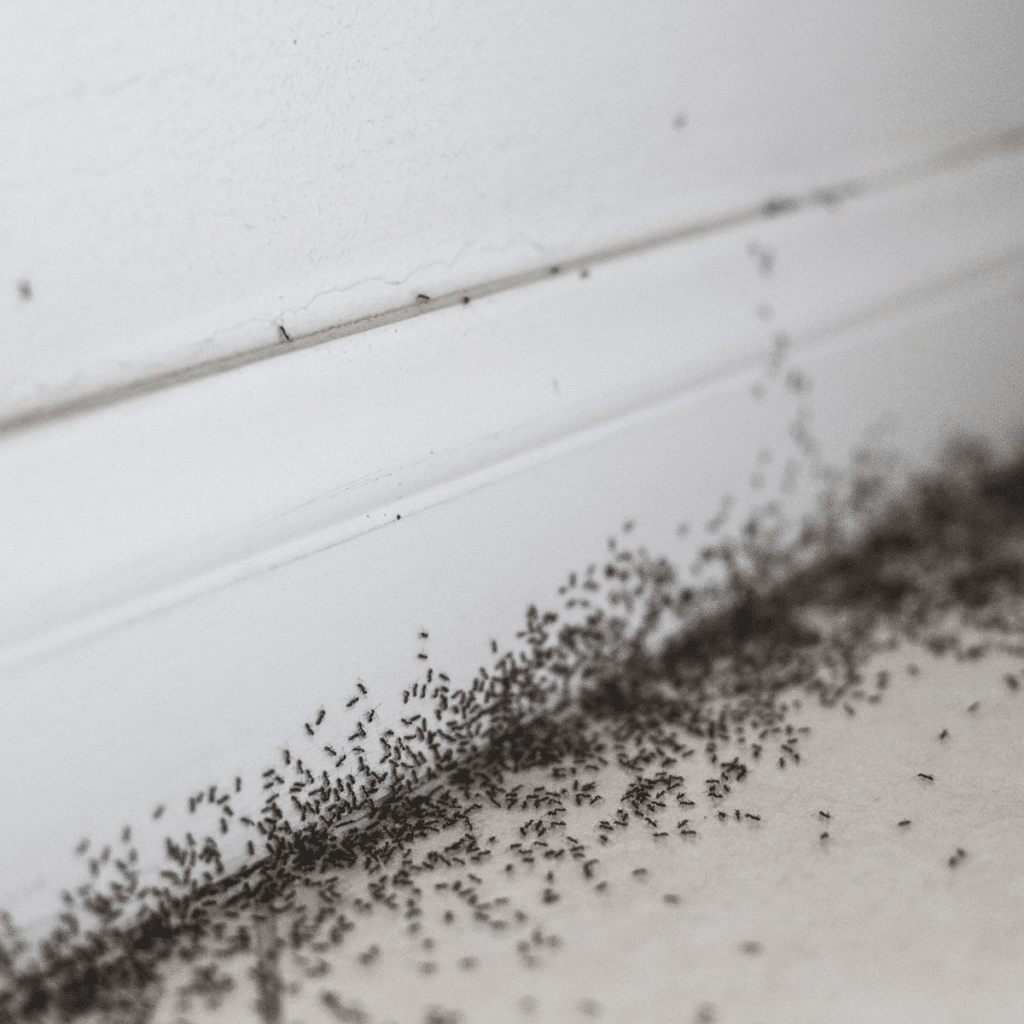Ant Control In Lafayette
different Ants found In Louisiana
Carpenter Ants
Some types of carpenter ants do not actually eat wood, but instead, they just chew holes into it to build their colonies. It is often difficult to prevent wood damage. Camponotus types of ants are very large and can be identified by their chestnut color. They also have blackheads with the rest of their bodies being brownish-red.
Odorous House Ants
The odorous house ant is a small ant with a single node between the thorax and abdomen. These types of ants have a distinct smell that some compare to coriander or citrus. They are often found in kitchens, bathrooms, and other areas where moisture can be found. Control methods for this types of ants should include removing any moisture from the home as well as sealing any cracks and crevices.
Ghost Ants
The Ghost ant is a small ant that has a translucent abdomen making its organs visible from the outside. These types of ants do not have stingers and only bite to defend themselves. They will often nest in plants and can be hard to control on plants because they will return quickly after the pesticide is used on the plant.
Pavement Ants
The pavement ant is a common type of ant that does not cause any harm to your family or pets. They often invade homes and buildings during the winter, but they can be active all year. Although they are not dangerous, pavement ants can be a nuisance because of how many of them there are in large colonies.
Red Ants - Fire Ants
Red imported fire ants are types of ants that grow to approximately ¼"(1/25") inches long and their color ranges from dark brown to black with a slight sheen. They have a heart-shaped gaster (3rd body segment) that is 3 times longer than wide. Fire ant mounds can be as large as 18"(15.24") inches in diameter and usually have between 600-800 slave-maker ants but can hold as many as 100,000 types of ants. Fire ant sting causes itchy bumps that become blisters over time.
Sugar Ants
This species is also known as the Cornfield ant, which eats honeydew produced by aphids. They can be confused for fire ants, but they are smaller and lack the defined waist seen in fire ants.


